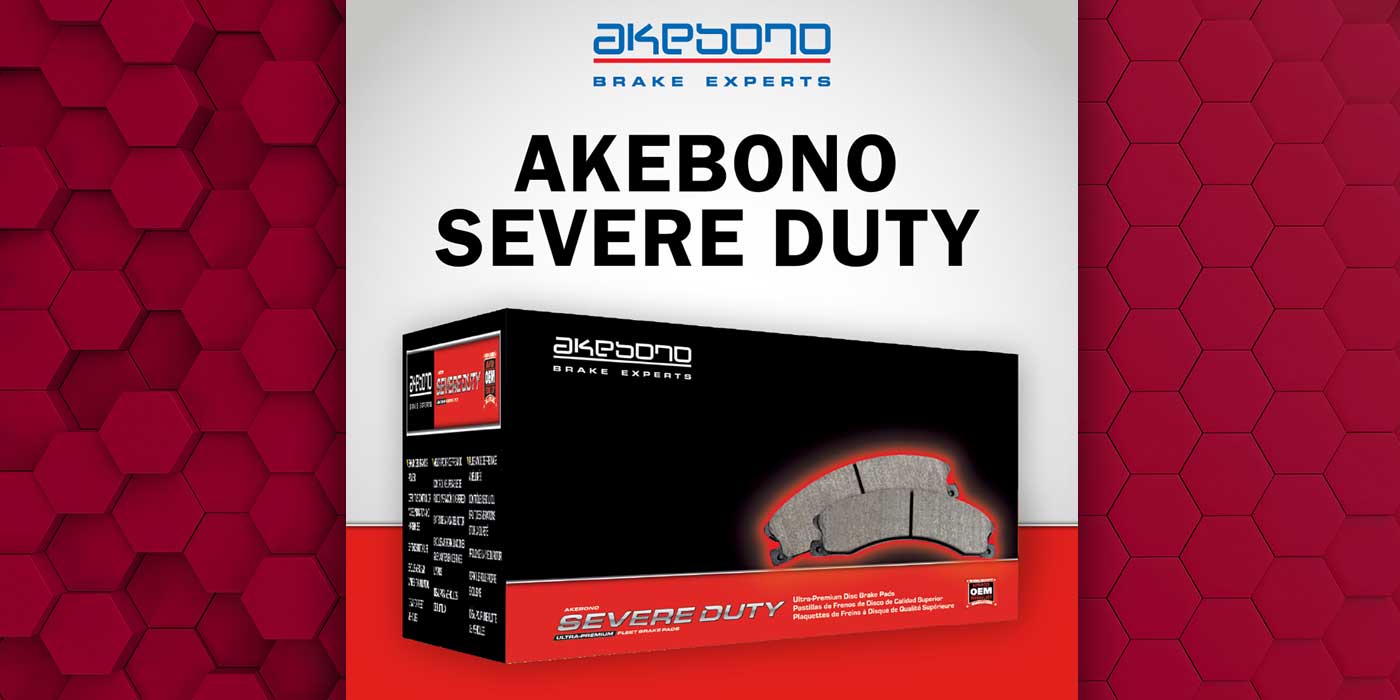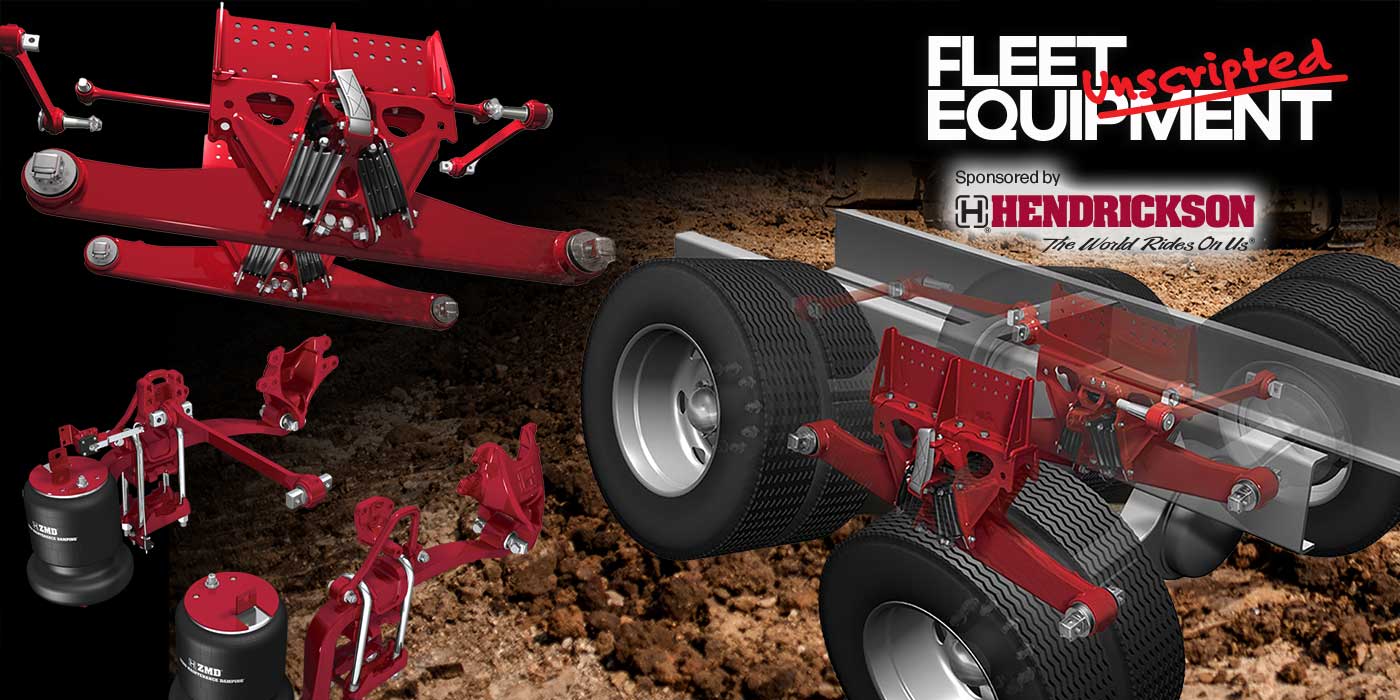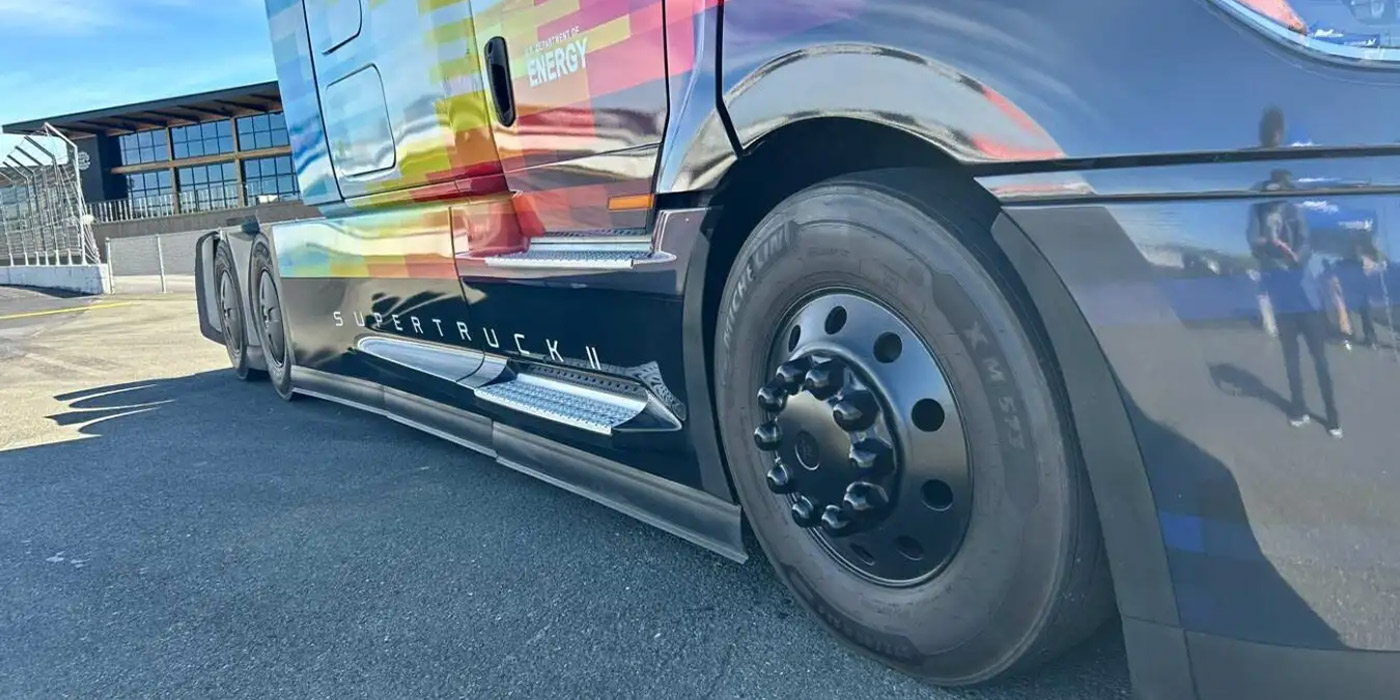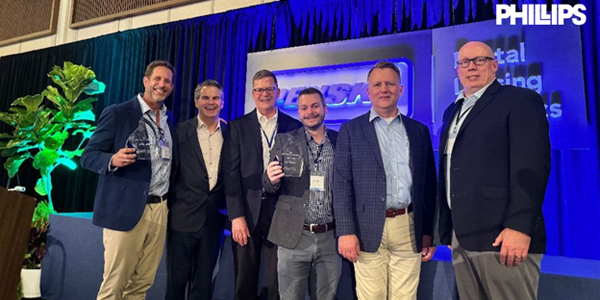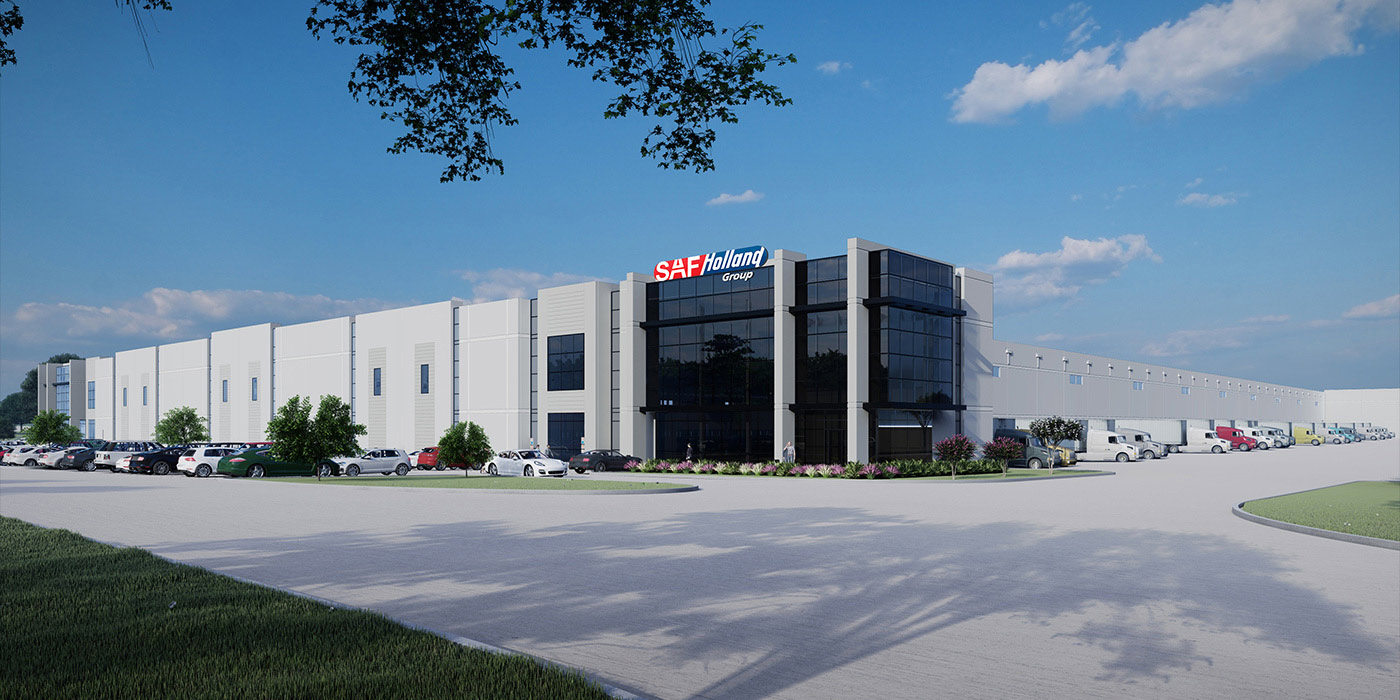Generally, in this column I’ve discussed the value of ASEcertification. Let’s be honest––a statement like “10% productivity increase”sounds good, but what does that really mean to your operation?
First, consider profitability. ASE has data indicating thatnationally, a technician holding certification in one specialty area earns, onaverage, almost $2,600 more per year than a technician without any ASEcertifications. From that point, let’s make some assumptions. Let’s say thatthis technician is paid $20 an hour. Another way of looking at thatcompensation differential is billed hours. In our example, that $2,600, at $20an hour translates into an additional 130 billed hours per year ($2,600/$20).
Next, what is your shop rate? Again, let’s take aconservative approach and assume that you bill internally at $50 per hour. Theadditional 130 billed hours produced by that certified technician generates anadditional $6,500 in revenue for your maintenance operation. Taking our examplefurther, if your operation is considered a profit center and your gross profit,as a percentage of billed labor, is 5%, that one technician, holding one ASEcertification generates $325 in additional gross profit for your operation,every year.
But wait, you say! There is a substantial expense intraining to give that technician the knowledge needed to attain certification.Fair enough. Again, let’s assume $3,000 in training expense, and then add inthe cost of certification itself. Using the more expensive CBT fees, that onecertification adds another $111. Going back to our $6,500 increase in revenue,we subtract that $3,111 it cost to train and certify our technician and––thereturn decreases to $3,389 in additional revenue and $170 in profit––still apositive return.
Remember, up to this point our example considers onetechnician certified in one area. The $2,600 compensation increase upon whichthese profitability gains are derived is a per-certification statistic. So, forexample, a Master Truck technician holding six certifications, the startingcompensation increase is $15,600 ($2,600 X 6).
Our example above works best in an environment wheretechnicians are paid standard times and labor is marked up and billed, eitherinternally or externally. If that isn’t the environment you operate in,consider another finding: ASE certified technicians, on average (nationally,again) are 2.1% more productive per certification than their non-certifiedpeers. So, assuming a 2,080 hour work year, the technician in our example,holding one certification in one area provides the equivalent of an additional43.7 hours of work per year (2,080 hrs X 2.1%) in comparison to a non-certifiedtechnician. That’s an additional week of production every year, percertification.
In the current economic environment, where fleet managers arebeing asked to justify every expenditure and look for ways to cut costs, theexpense of certifying technicians is commonly selected as a candidate for thechopping block. Admittedly, it is a visible, measurable and direct cost. But onthe other side of the cost equation is value. And the incremental value of acertified technician exceeds the cost. Is it really an expense? More likelyit’s an investment.

